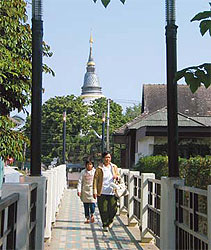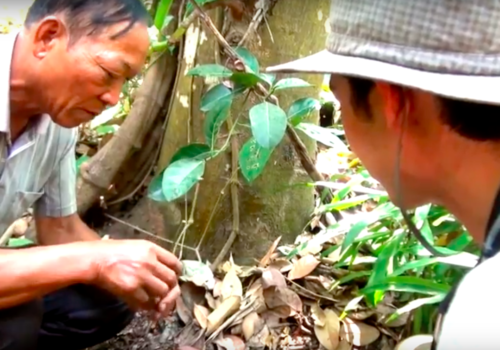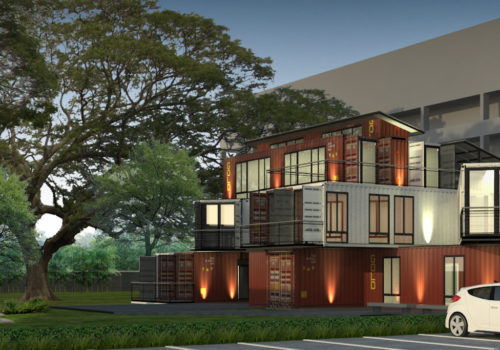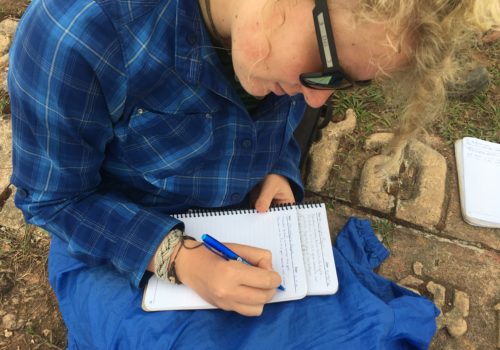
Walking bridge over the Ping River, with the Chedi of Wat Ket in the background.
Great article out in the Bangkok Post on local efforts make Chiang Mai more sustainable, Seeking Sustainable Growth for Chiang Mai.
Over the past few months, Paisal Surathammawit has been carrying measurement tape wherever he goes around the city of Chiang Mai. … By unreeling the plastic tape and stretching it from the middle of the existing roads into individual houses and buildings on both sides, Paisal effectively shows how the expanded roads, originally projected to be as wide as 20, 30 or even 60 metres, could fundamentally wipe out the unique landscape of 713-year-old Chiang Mai, with its narrow, winding lanes flanked on both sides by old temples and historic sites, heritage buildings and mostly low-rise shop houses. The capital of the Northern Region would, in short, become a city of big, wide roads, catering to cars and less to people.
This came about due to central (Bangkok) government plans to widen roads throughout the city. Planners tried to sneak the plan through without any local input, but local people found at at the last minute, and now the opposition to the widening of all the roads has turned into a conversation about what sort of community and city Chiang Mai will become.
Debate over road expansion led to discussions on larger structural problems. They challenge the establishment’s views and policies that try to endlessly spur the growth of Chiang Mai as a regional hub without regard for its “carrying” capacity. They ask why the country’s second biggest city has been deprived of an integrated mass transit system, let alone an efficient one, and if the introduction of more and bigger roads will really solve the dismal traffic here. Wouldn’t more motorways mean more people switching to private cars and thus perpetuate the vicious cycle? And how about those who live along the narrow roads and used to cross back and forth and share their roots together? Would their age-old communities be severed by the superhighways once and for all?
This is great news for those of us who call Chiang Mai home, and have been dismayed to see huge buildings built without regard to local neighborhoods, the widening and expansion of every road possible (and some that are not possible but are expanded anyway). Chiang Mai is an ancient and beautiful city, and it is encouraging to see local participation and activism working towards preserving the old buildings and essential character of this Northern Thai (Lanna) city.
Most Chiang Mai people don’t want to see Chiang Mai turned into another Bangkok, but with centralized planning and lots of money at stake, developers and others are pushing hard to build, even if it means destroying the city to make money. Then, of course, no one would want to live here.
Past reckless management in Chiang Mai has resulted in a derelict state of traffic and unregulated construction in the historic city. ‘‘Had there been better planning, Chiang Mai would have long ago been selected as a World Heritage Site!’’ says Duongchan Apavatjrut Charoenmuang.
In a couple of weeks the students at ISDSI will be fanning out over the city to study indicators of sustainability in Chiang Mai city, from walkability to river access to foodsheds and availability of organic and local produce. This information will be presented to the citizens groups in Chiang Mai, hopefully helping with the struggle to make Chiang Mai more sustainable.
For more information, read the article and also visit the Urban Development Institute Foundation (most of the site is in Thai, but it is worth a look even if you don’t read Thai).



